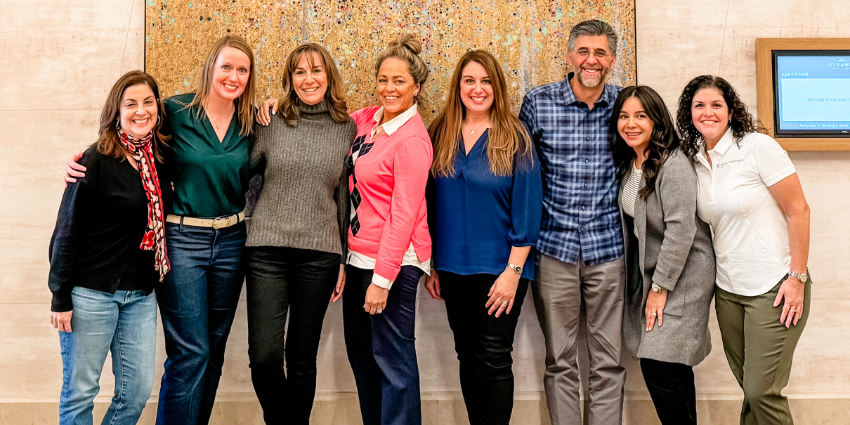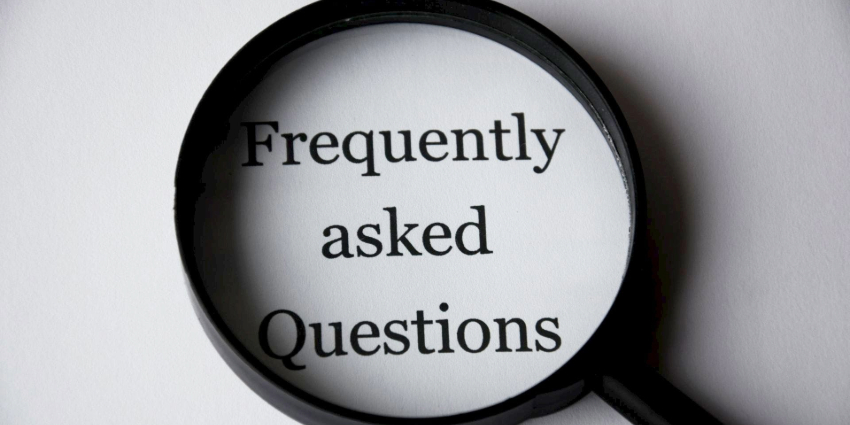Piggybacking off last week’s TPF, 3 Steps to Clearer Decisions, I thought I would reference an article that’s an “oldie but goodie” while responding to the following questions a few of my clients and I discussed this past week:
“What if I don’t agree with the decision(s) made; how do I continue to be a productive leader and supporter? How do I positively and productively move forward when I disagree with the decision(s) made?”
A somewhat challenging task to accomplish, I might agree.
One of the more succinct pieces of advice I’ve come across on how to hack this task is from the below referenced Inc. article, over a year old at this point. (I realize I’ve shared this with a few of my clients already, so apologies if you’re reading it for the second time. Possibly a good refresher.)
In Jeff Haden’s article, Jeff Bezos Uses the ‘Disagree and Commit’ Rule to Overcome an Uncomfortable Truth About Teamwork, And helps avoid the dreaded ‘meeting after the meeting’ he proposes that not everyone will agree AND it’s okay to disagree AND it’s okay to vocalize that disagreement AND it’s okay to take a gamble and see if the suggested direction works out in the long run. All of that is OKAY.
What’s NOT okay is to hold the infamous ‘meeting after the meeting’ which is unproductive, dissident, negative, and limits expansive thinking and undeveloped potential possibilities.
Disagreeing is OKAY. But agreeing in a meeting or a discussion and then vocalizing disagreement after the meeting is NOT.
Committing to an idea or process you don’t agree with or want to explore is OKAY. Agreeing to an idea or process and NOT committing to performing your best to explore its possibility is NOT.
Challenge yourself to COMMIT even when you DISAGREE AND see how productive you can be.













